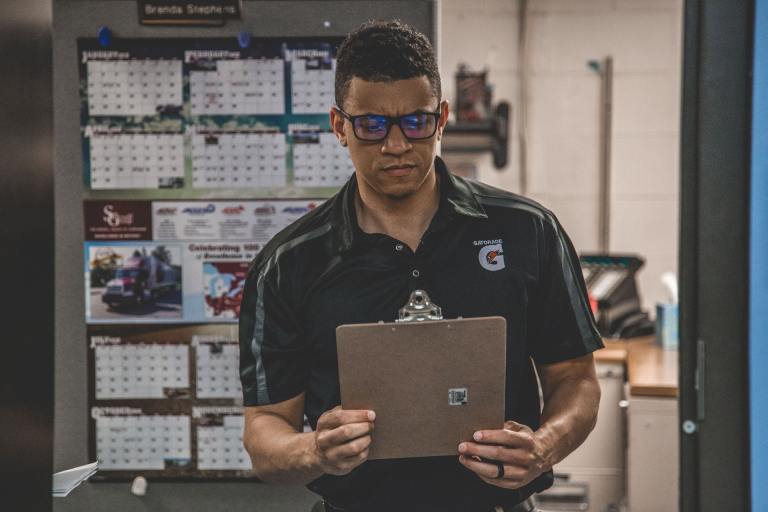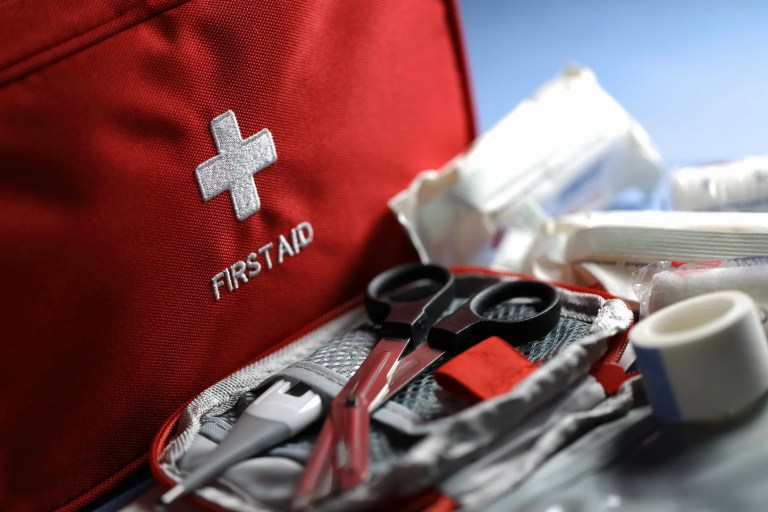ASME A17.4-2015: Emergency Personnel Guide for Elevators

According to data from the National Elevator Industry, people in the United States ride elevators approximately 20.6 billion times per year, with the average elevator carrying around 20,000 passengers annually. Although being trapped in an elevator is a common fear, the probability of that event is rare: the odds of getting stuck in an elevator are estimated to be 1 in 100,000 elevator rides. ASME A17.4-2015: Guide for Emergency Personnel provides a guide for aiding and assisting in the removal of passengers who become entrapped in elevators.
How Are People Rescued from Elevators?
While elevators are usually safe and reliable, passengers may get stuck and can get rescued from elevators in a variety of ways, such as:
- Using the emergency stop switch: If the elevator has an emergency stop switch, the passengers can use it to stop the elevator. Additionally, a member of the rescue party can enter the elevator car and place the emergency stop switch, if the car is so equipped, in the “STOP” or “OFF” position.
- Opening the hoistway door: If the elevator is near a landing, unlock the hoistway door at the floor nearest to the stalled elevator car by means of the hoistway door-unlocking device (elevator door interlock release key), if provided, and open the hoistway and car doors by hand.
- Using a forcible entry tool: Where the hoistway doors cannot be unlocked by an unlocking device or by other means, and an adjacent elevator in the same hoistway is not available, the hoistway door at the floor nearest to the stalled elevator car can be forcibly opened with a forcible entry tool to open the elevator doors from the top to minimize damage.
- Using a rope rescue: A rope rescue can be used to raise people from the elevator.
- Using an emergency escape hatch: Most modern elevators have an emergency escape hatch in the roof or side wall. Firefighters can use a special key to override the elevator’s automated features and access the hatch from the outside.
- Using a ladder: A sturdy ladder or footstool can be put down into the elevator’s top hatch to assist people out.
What Is ASME A17.4?
ASME A17.4-2015 covers specifications for proper evacuation procedures for elevators. The guide recommends any evacuation of passengers from elevator cars to be performed under the direct supervision of elevator personnel, since their experience and expertise assure the resourcefulness necessary to cope with the various complex hazards that may arise.
However, in the event of an emergency, ASME A17.4-2015 details that time may be of the essence in evacuating passengers, and waiting for elevator personnel may be impractical. Under emergency conditions, the passenger evacuation must be performed by personnel who are carefully selected and trained as described in this guide.
Who Rescues People Trapped in Elevators?
Rescuing people trapped in elevators must be done by authorized people, such as legally registered elevator mechanics, fire and rescue police, or the fire department because unauthorized actions may result in injuries, deaths, and damage to elevators. In order to assure, however, that a rescue by people other than experienced elevator personnel is performed safely, ASME A17.4-2015 details specifications for the building management to select and train their employees in the proper evacuation procedures.
ASME A17 Requirements: Elevator Rescue Team and Organization
ASME A17.4-2015 specifies that training rescue teams should always be done with experienced, qualified elevator personnel present. Furthermore, prior to attempting any rescue, it is imperative that the rescue team has the proper tools and equipment ready for use. It is equally important that they be trained in the proper use of the tools and equipment. Some of the tools and equipment that may be necessary to make a safe rescue include:
- Short extension ladder (when using the top emergency exit, a short extension ladder may be helpful in assisting passengers going over the crosshead and for reaching the floor above the car)
- Collapsible or folding ladder
- Hoistway door-unlocking devices (elevator door interlock release keys)
- Two-way radios or portable radios
- Personnel fall arrest systems
- Lifelines
- Forcible entry tools
- Flashlights
- Lockout/tagout equipment
- Tool for poling (pike pole)
You can learn about the other standards in the ASME A17 Series for Elevator and Escalator Safety in this ANSI Blog post: ASME A17 Elevator Safety Standards.






